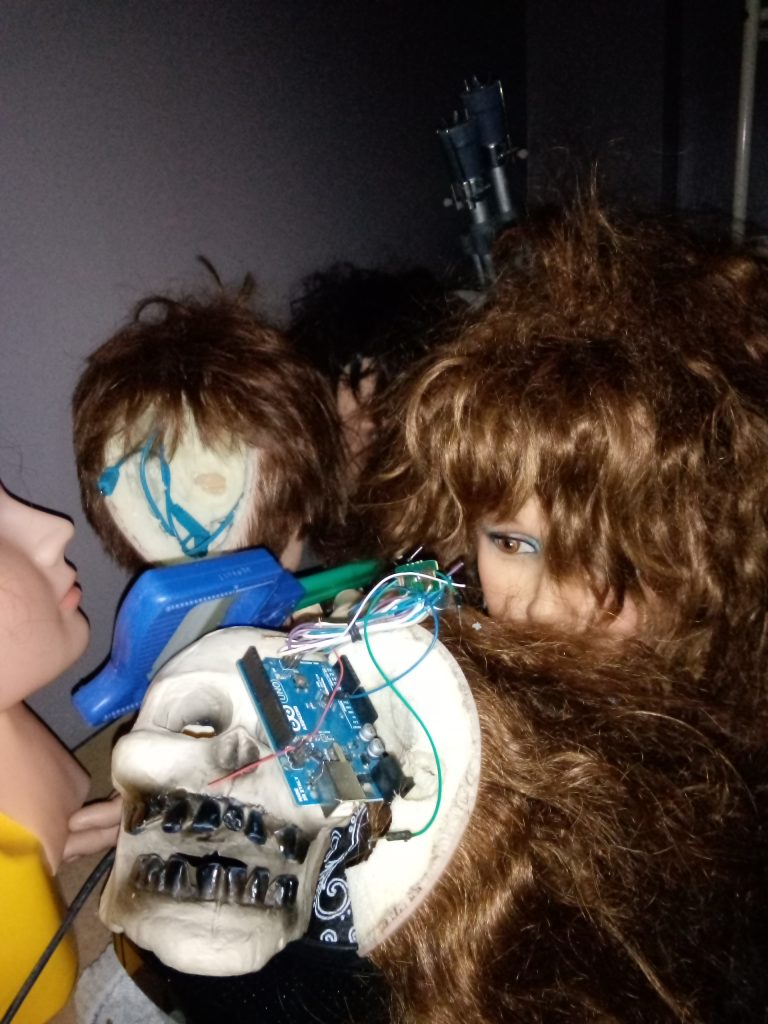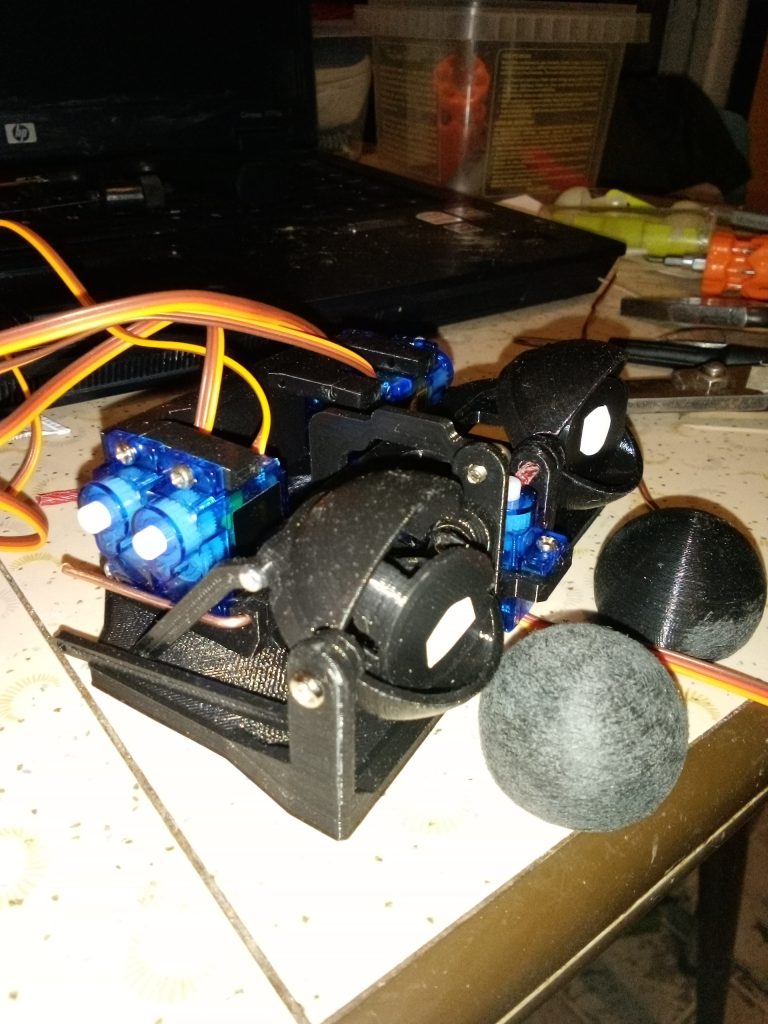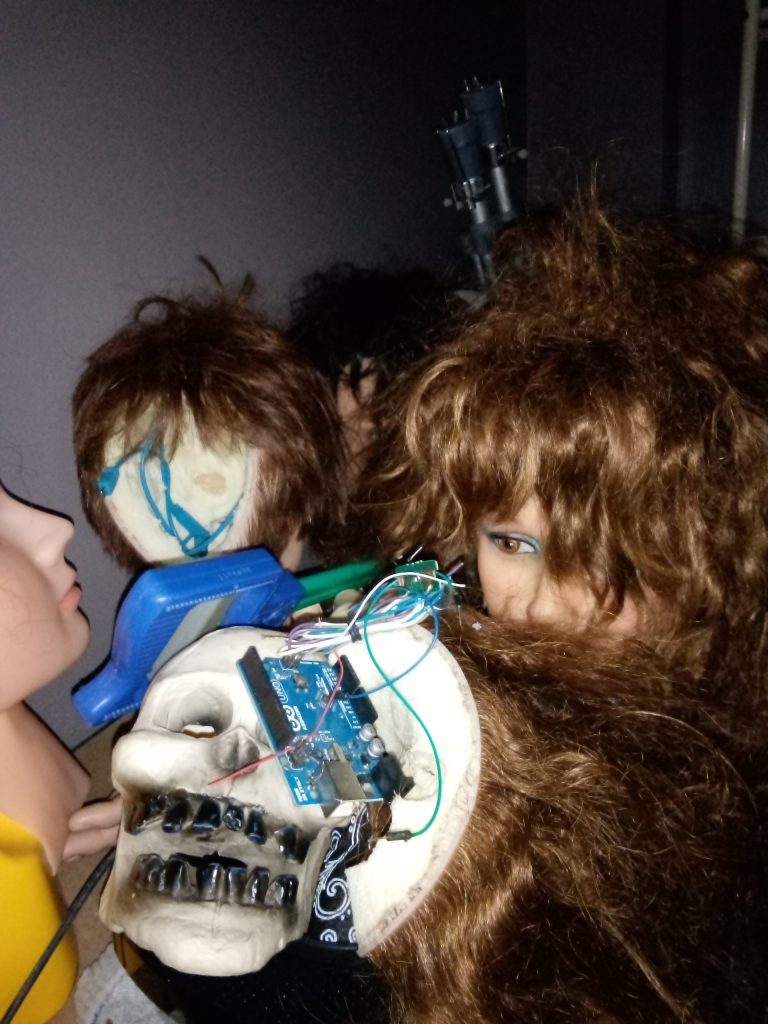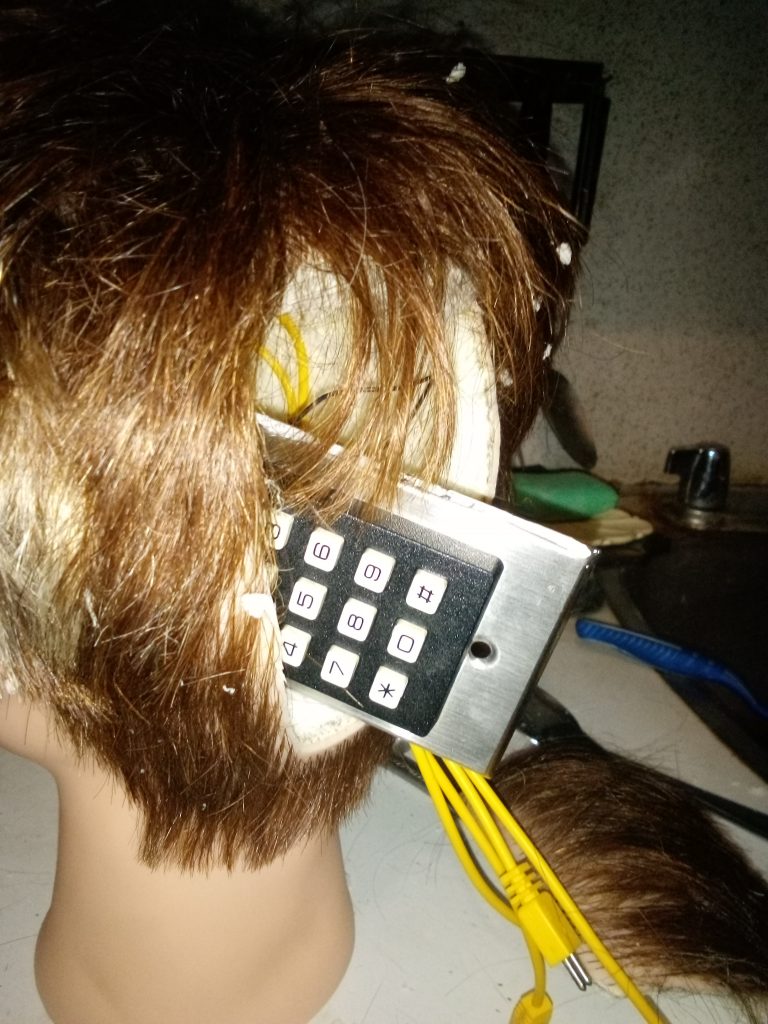Elon Musk was making the news in 2020 when he talked about neural nets and how he would attach his device to the skull of a person .
This idea is being promoted as an example of amazing technology which could help for example, Parkinson patients and others who may be suffering with various brain injuries etc.
There are many other uses for this type of brain to computer technology and some of them we haven’t even thought of yet.
Now the inventor of the first neurocomputer was Dr. Robert Hecht Neilson.
The newer idea of the ANN (artificial neural network) is based on the concept that you can imitate the way the human brain works with silicon chips and wires instead of the natural way with what are called neurons and dendrites.
The human brain has over 100 billion nerve cells which are called neurons and they link up with cells known as axons.
The dendrites are there to process stimulation from external forces and then take this electric energy or pulses and move them around the nerve network in ones body.
Neurons in the body pass messages back and forth to other neurons.
Now the computer simulation of this process involves passing data back and forth between what are called nodes and every link has a strength value and through a process of advanced mathematics, learning is able to take place.
Lets define now some of the terms in this evolving field, like neural nets, artificial neural nets or ANN and neurons.
Basically neural nets or artificial neural nets (ANN) are a big part of what is called machine learning or to be more correct, its more a part of deep learning and it basically is copying how neural transmitters operate in the human brain.

You will come across both ANN (artificial neural networks) and CNN (convolutional neural networks) and just start by knowing that CNNs feed forward and ANNs feed backwards.
We’ll come back later and explain what this all means but it will also involve a discussion of complex mathematics and talk of massive amounts of numbers lined up in matrixes.
But the good news is that you really don’t need to know much about the complex theory behind it all to simply use it in building robots especially if you are basing your robot designs on existing open source robot design plans. If you are building a robot completely from scratch then yes…you will need to have a team of rocket scientists with you from places like MIT or the Canadian equivalant, Waterloo University.
In the 1980s junior programmers who just cut and pasted code instead of writing it from scratch were called “script kiddies”.
Now there’s an interesting company called Next-mind.com that makes a $400 headset for doing neural net research . https://www.next-mind.com.
You strap the device on your like a baseball visor cap and at the back a hockey puck shaped sensor somehow allows your thoughts to control the movement of a computer in front of you.
The development kit comes with the NextMind sensor, the Nextmind engine and the Nextmind SDK (software development kit).
This device uses some form of AI machine learning to gather large amounts of neural signal information and process it quickly and take action of some kind on it all.
I came across a $5 2009 toy from Mattel called MindFlex in a thrift store which claimed to do the same thing on an amateur level where you could move objects around a track with your mind. They are selling on Amazon for almost $200 now.
(under construction Aug 25, 2021)





